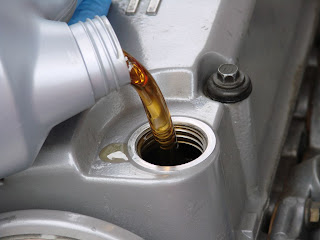The fast and sporty British cars began to really take off when the Triumph came out with the TR2 in 1953. At the time Triumph produced some of the most sought after cars in the world. The United States fell in love with it and soon began seeking other British sports cars.
Taking A Look At The Cars
The Jaguar is probably the most popular fast, sport car the British offer. Many people see the Jaguar as the top of the line automobile. The brand new Portfolio which is being unveiled in March 2007 brags of a speed of 155 mph and can reach 60 mph in only 4.9 seconds. The Portfolio features a 4.2 liter engine and the car will be offered worldwide.
BMW is also offering a new coupe and convertible in their 3 series. These are supposed to be the most appealing BMW fast and sporty cars to date. These come with aerodynamic styling and lower suspension which offers a sportier look and ride. These sport modes are offered in Silver, Black, Blue, Graphite, White, and Red.
Aston Martin is announcing improvements to their famous Vanquish S. This automobile is famous for its luxury and unique style. It was also made famous by James Bond in the movie "Die Another Day". The Vanquish S Ultimate Edition will showcase many of the features of the Vanquish s that many Britons love. With only 40 being built, these cars will be offered as a limited edition and predictions say they will all be sold in only a few weeks.
This edition will be produced in Ultimate Black and this will be the only car available in this color. The interior will be trimmed in leather and stylish black chrome. It will offer a top speed of 200 mph. This car is the result of customer research and request and contains the features most sought after by the public. It comes with a high price tag but will be considered an investment since the car will likely maintain or increase in value.




